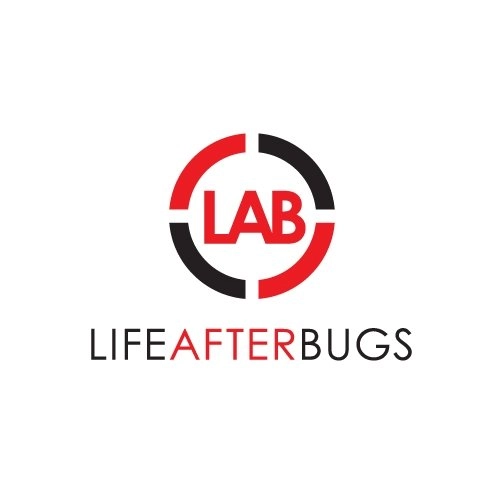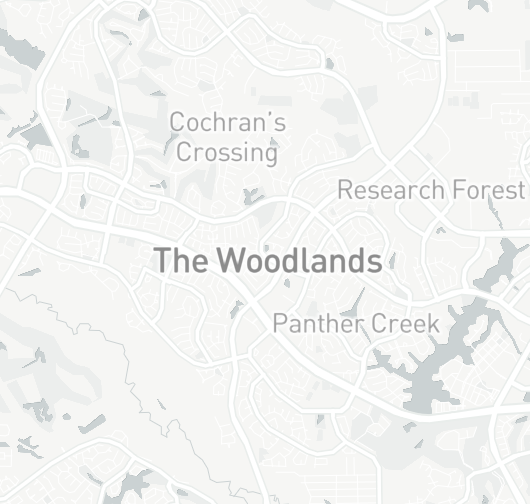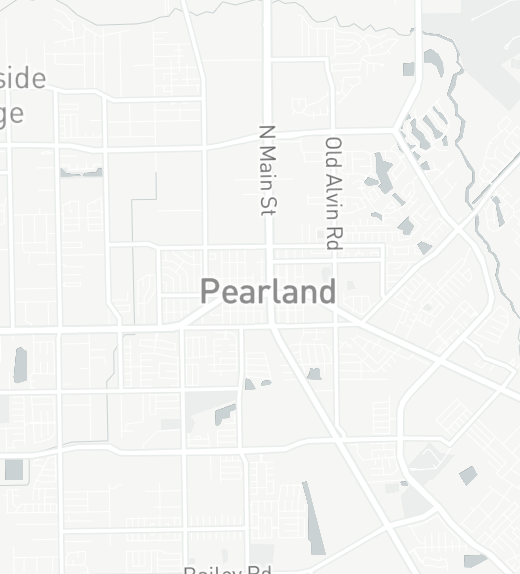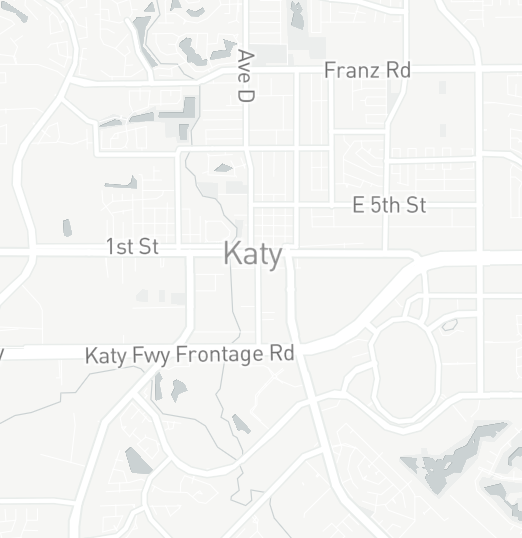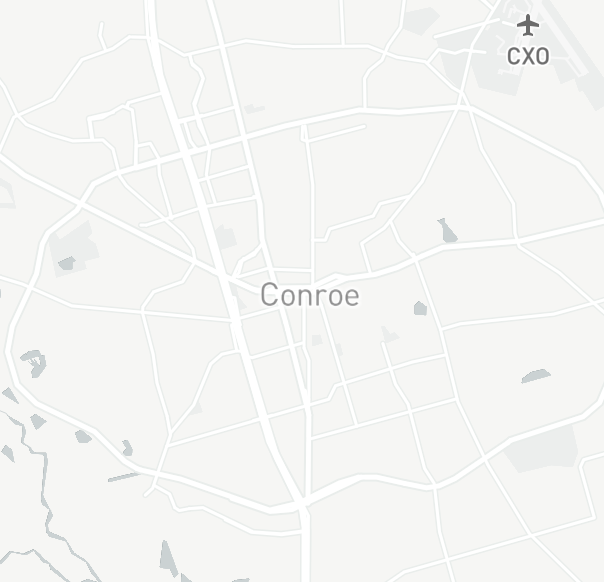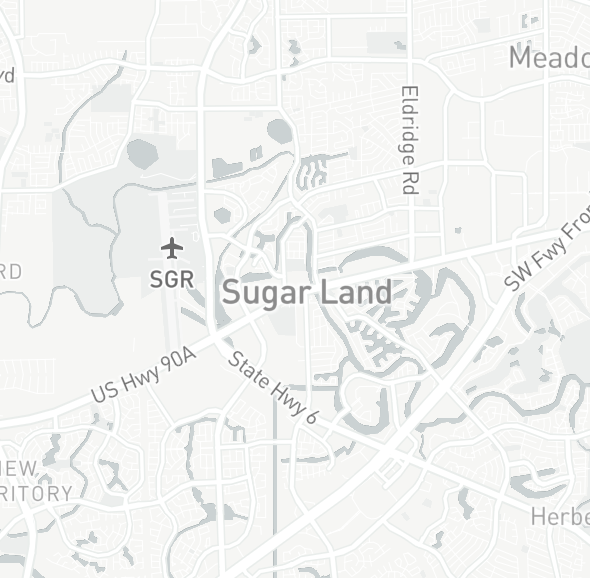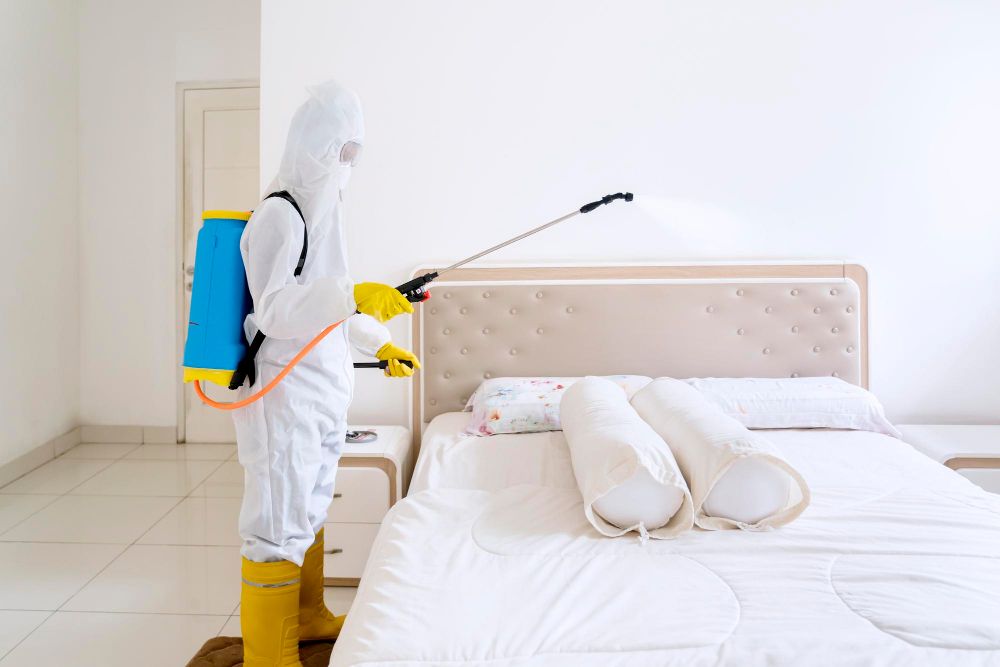Termites, the silent destroyers, can wreak havoc on your rental property in Houston, Texas if left unchecked. These tiny pests feed on wood and cellulose materials, causing extensive damage that can be costly to repair. Worry not though, because our comprehensive guide will walk you through everything you need to know about all things termites in Houston.
From understanding what termites are to determining responsibility, and ultimately, taking action, our team at Life After Bugs has you covered – all you have to do is keep on reading.
Table of Contents
What You Need to Know About Termites
Termites are social insects that belong to the order Isoptera.
They are often mistaken for ants due to their similar size and social behavior, but termites differ significantly in their impact on property. Unlike ants, termites feed on cellulose-based materials, primarily wood. You also have to keep in mind that there are three main types of termites found in Houston – these are subterranean, drywood, and dampwood termites.
a. Subterranean Termites
These termites live in underground colonies and are responsible for the majority of termite damage in Houston, Texas. They build mud tubes to access wood which can be extremely destructive – so keep an eye out for these types of termites.
b. Drywood Termites
Next, drywood termites infest dry and sound wood, and they don’t require contact with the soil. They often go unnoticed until the damage is severe.
c. Dampwood Termites
Lastly, dampwood termites prefer moist wood and are less common but can still pose a threat to your rental property in the Greater Houston Area.
Detecting Termites in Your Rental Property
Indeed, identifying termites can be challenging, as they often hide within the structures of your property. However, the following are some signs that you can look out for:
a. Mud Tubes
Know that subterranean termites create mud tubes that extend from the soil to their food source. These tubes are a clear indicator of termite activity in Houston, Texas.
b. Discarded Wings
Termites often shed their wings after swarming, so if you find discarded wings near windowsills or other entry points, it may signal a termite infestation.
c. Hollowed Wood
Lastly, try tapping on wooden surfaces in your rental property. If the wood sounds hollow or brittle, it could indicate termite damage.
Signs of Termite Damage in Houston
Know that termite damage in Houston is a real concern due to the prevalence of these pests in the area. So identifying termite damage early on can save you from costly repairs.
Try looking out for the following signs of termite damage in Houston:
a. Sagging or Buckling Floors
Termites can weaken wooden floors, causing them to sag or buckle.
b. Peeling Paint of Blistered Wallpaper
Termite damage can make paint or wallpaper bubble or peel.
c. Visible Tunnels or Galleries
Termites create tunnels or galleries within wood as they feed. These can be visible on the surface or found by probing damaged wood with a screwdriver.
Effective Termite Removal Strategies for Rentals
Once you’ve identified termites in your rental property, it’s essential to take prompt action to eliminate them once and for all. Some of the most common termite control methods used at Life After Bugs include the following:
a. Chemical Treatments
Both insecticides and termiticides are commonly used to treat termite infestations.
Trust us when we say that professional pest control services, like us at Life After Bugs, can safely apply these chemicals to eradicate the pests in your space.
b. Bait Stations
Termite bait stations can be strategically placed around your property to attract termites and eliminate them.
c. Fumigation
In severe cases, fumigation may be necessary to eliminate termites.
This involves sealing the property and introducing gas to kill the pests.
d. Heat Treatment
Lastly, high-temperature treatment can also effectively eliminate termites by raising the temperature in the infested areas to a level that is lethal to them.
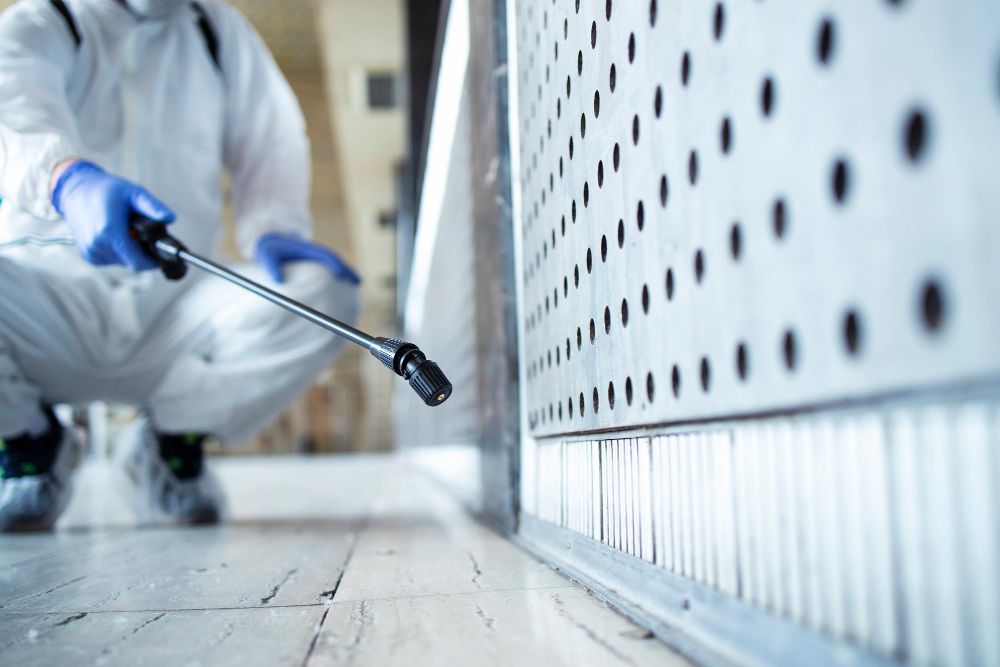
Preventing Termites in Your Rental Property
Bear in mind that preventing termites is often more cost-effective and less stressful than dealing with an infestation – so consider the following preventive measures:
a. Regular Inspections
Schedule regular termite inspections by a professional pest control service, like us at Life After Bugs, to catch any potential issues early.
b. Eliminate Moisture
Remember that termites thrive in damp conditions, so fix any leaks and ensure good ventilation to reduce moisture in your rental property.
c. Remove Wood-to-Soil Contact
Avoid direct contact between wooden structures and soil, as this makes it easier for termites to access your property.
d. Use Termite-Resistant Materials
Lastly, when renovating or building, use termite-resistant materials whenever possible.
Responsibility for Termite Control: Landlord vs. Tenant
Determining responsibility for Termite Control and Treatment in a rental property can be a matter of lease agreement and local laws. In many cases, it’s the landlord’s responsibility to maintain the property, including addressing termite infestations.
However, it’s essential to have clear lease terms regarding pest control to avoid disputes.
Choose Life After Bugs for Expert Termite Solutions
When dealing with a termite infestation in your rental property in Houston, it’s crucial to enlist the help of professionals who know the local pest landscape – that’s for sure.
Here at Life After Bugs, we specialize in Termite Control and Treatment, as well as Commercial Termite Treatment for larger-scale businesses in the area. You can rest assured that our team of experts will assess your property, implement effective termite control solutions, and provide ongoing prevention strategies to safeguard your investments.
So don’t let termites take a toll on your rental property – contact us at Life After Bugs.
Remember that your property deserves the best protection against these destructive pests. Act now to ensure a termite-free future for your rental property in Houston, Texas.
